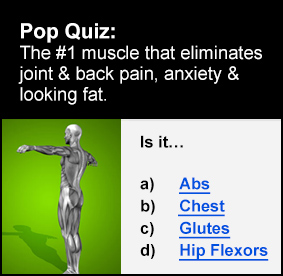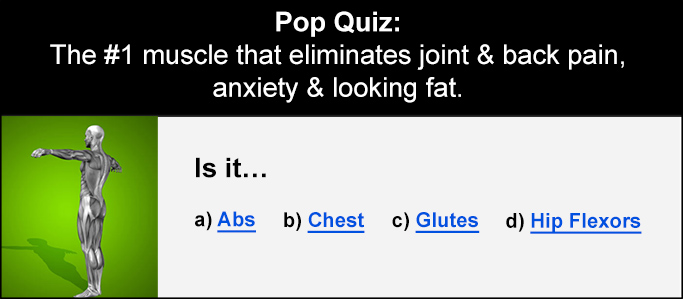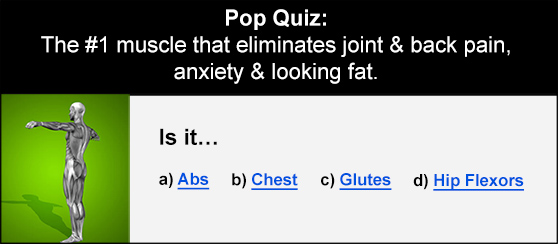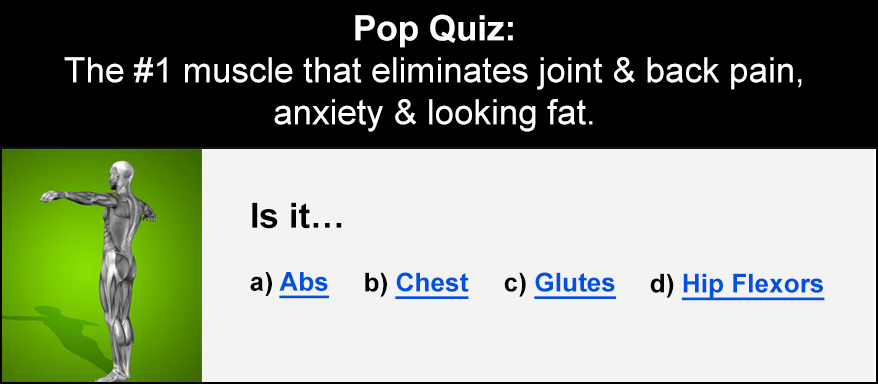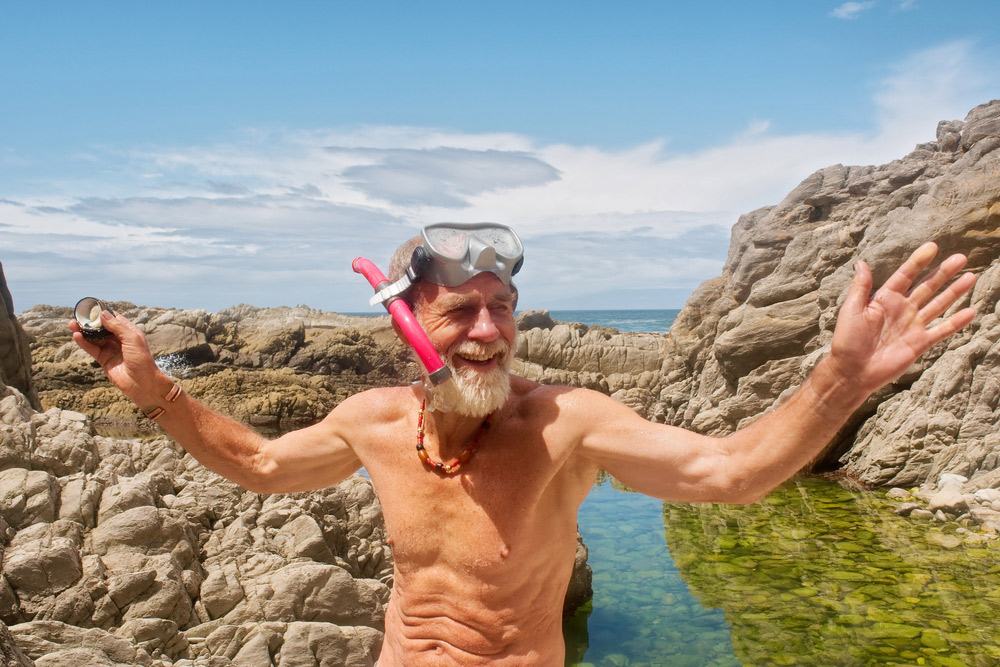
Aging is a process you can’t avoid – you can only adjust how it affects you with your choices today.
Balance is one of the biggest factors in quality of life as you age. It affects your independence, mobility, and risk of life-threatening injury. The older you get, the more this becomes a factor and consideration. If you want to retain your independence and stay active for longer, you need to understand what causes balance to become compromised as we age – and what you can do about it!
Sensory problems: Visual Frameworks for Stability
The problems with balance start with how your interface with the world around you.
As you probably know, eyesight declines with aging. This is a concern because your vision is a key factor your body uses for balance – it’s like you’ve got a spirit level built into your eyes. Your field of vision helps you calibrate your balance.
When you suffer cataracts or macular degeneration during aging, this becomes less reliable. This can lead to poor spatial awareness – more so if it’s undetected or untreated with vision aids.
Processing and Neural Problems
Your ability to process the information about your surroundings will also deteriorate over time. Not only will your sight be poorer, but your ability to deal with that visual information is slowly reduced in speed.
This leaves you with an increased difficulty in adapting to your environment. Everything from executive-control to visual-spatial processing drop as we age. The nerves and signalling processes are susceptible to aging.
It doesn’t help that your inner ears – the part of your body that helps you feel balance – also degenerates. This leads to a combination of problems: you’re processing slower and your internal sense of balance is falling apart at every level.
CNS/PNS Breakdown
The central and peripheral nervous systems (brains and nerves, broadly) both struggle during the aging process.
Your brain, the obvious starting point for effective control of the body, decreases in size and density over time. This is inevitably tied to reduced control and processing, as mentioned above.
However, your nervous system and how it connects to the rest of your body also suffers over time. This is the result of many processes:
· Nerves – and their lining – degrade over time, reducing the efficiency of your electrical signals to muscles
· Integration of nerve cells into muscles reduces over time – especially if combined with muscle wasting
· Reaction times drop and this magnifies neural problems
· Impulse production is less reliable and brain hemisphere collaboration is impaired
The result? A body that cannot process information as effectively or respond to it in a way that allows you to navigate your surrounding with a reliable balance.
Changes in Body Composition
Beyond the brain and nerves, you’re also going to be competing with the composition of your body changing over time.
Cells degrade with age. This isn’t something you can avoid (yet) but, when it comes to muscle cells, it brings a whole variety of problems.
Sarcopenia is age-related muscle loss. It’s not optional unless you’re actively increasing muscle mass during aging – a tough but totally possible method. The loss of muscle is reliable from the 30s onwards (depending on your starting point).
Muscle mass isn’t just about looking good – it’s a support system for your joints and the system for moving your body around. When you look at it through this perspective, it’s easy to see why muscle-loss can be a real problem for impaired balance as you age.
Muscular Changes and Strength-Control Add Up
Balance breaks down at the muscular level because of a few factors.
First, your lack of muscle over time reduces your actual control over the limbs and core. This is shown in countless studies, where strength and internal control over your joints/body parts is very closely linked. A loss of control means balance is handicapped.
Second, you lose the ability to produce power as you age, lose muscle, and your nervous system gets less efficient. This is the ability to produce force rapidly. Power is key to counter-movement when you lose balance, and this reduction adds to your overall risk.
Finally, the ability to absorb shock and reduce the risk of injury is mediated by muscles. More muscular joints are more stable, more likely to absorb shock without injury, and support tendon/ligament health. With the loss of connective tissue and bone strength over time, this all adds up.
what you can do now to prevent problems later
There are a few things you can do to improve your current situation and future-proof your body. These can reduce your risk of serious balance problems and support independent, reliable movement for longer.

Dietary Interventions
1. Macular Degeneration
The reductions in eye health are often related to the breakdown of cells. Antioxidants are a great way to support cell health and prevent accelerated aging. Vitamin A and its analogues are specifically great for eye health. You should also be getting plenty of Omega-3 fats and vitamin E to provide maximum support to your seeing-organs. Reducing the rate of breakdown can delay the inevitable and prevent significant sensory problems. If you can keep these senses intact, your overall problems may decrease.
2. Dietary Fats During Aging
The brain is the most important organ – generally and for balance. Decay here is a problem for every area of life and slowing it is crucial. The antioxidants mentioned above can be incredibly useful, but you can build on top of this. Polyunsaturated fats (again, specifically omega-3s) are great for brain health and become more important as we age.
As you get older, your ability to use carbs as brain-fuel drops. Energy deficiency can accelerate degenerative brain diseases, so a higher-fat diet as you age is a great strategy. This may also reduce the risk or symptoms of Alzheimer’s.
Keeping your intake of cholinergic compounds may also help this process. This includes choline (found in eggs) and supplementary compounds like Huperzine-A and Alpha-GPC. Reducing stress and improving relaxation processes can support brain health, too.
3. Protein and Creatine in Sarcopenia
Nutritional interventions in sarcopenia can make a real difference. A better diet now and into the future support better aging and a reduction in muscle-wasting.
Protein intake is a key place to start. A protein-rich diet reduces the risk of muscle loss in any context. Elderly individuals who are protein-deficient are at much greater risk of accelerated sarcopenia and its symptoms.
Creatine is another compound that can improve cellular metabolism in the muscles, reducing the risk of cell death. This also improves cell hydration and is directly antioxidant. Combining all these benefits makes it a fantastic choice for supporting healthy aging – as well as muscle mass.
Training
1. Co-ordination Training
Co-ordination training and actively working your co-ordination and balance is step one. If you become inactive during the aging process, you can expect far worse results.
If you don’t use it, you will lose it. A bit cliched, but this is 100% true when it comes to the human body. This applies to balance and co-ordination just like any other athletic quality.
2. Strength and Sarcopenia
Strength training improves your existing muscle mass, which directly combats the onset of sarcopenia. The more you have, the longer you can sustain the process of aging and its effects on muscle mass. However, keeping strength training as you age also increases muscle sparing and reduces the rate of neuromuscular decay. Using your muscles in ways that challenge motor control can improve your fitness, strength, and independence for decades to come.
“You don’t stop lifting weights because you get old; you get old because you stop lifting weights” is actually really scientifically accurate!
3. Power and Falling
Power and speed training are both key players in the maintenance of health and balance during the aging process. Our society might treat elderly people like they need wrapping in cotton wool, but the reality couldn’t be further from this.
Older people who perform power training rapidly improve independence and resilience compared to those who don’t train. Practicing rapid muscle contraction reduces the risk of falls and fractures. This seems like a relatively far-off problem to us younger people, but as you age this becomes a life-threatening set of problems. Fractures can become infected, induce muscular atrophy, and make you more at risk of future fractures.
It’s not hard to see how this cycle results in life-long hospitalization. Preventing these problems before they happen means your golden years are active and less likely to be spent in a hospital bed because of a simple trip.
Final Thoughts
Everything we know suggests that balance is a battleground between your habits and the aging process. It’s a place where all the key affects of aging overlap and it’s a good model for how to resist aging more generally. Your exercise and diet right now is a key player in the process of preventing aging. They take up time now, but they’re also investments in saving yourself years or even decades of hardship and dependency.
Put the time in now. You cannot afford to lose balance – it’s a slippery slope that rapidly reduces your quality of life. The best later life is the one that comes from a healthy youth – prepare yourself now!


